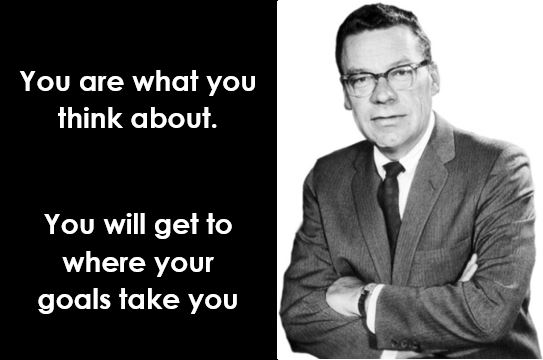From the Blog
Everyone who works for a sales and service organization will eventually have some contact with clients or prospects. So everyone needs the …
I’ve been helping clients recruit sales staff for over 20 years and am often asked; are great people born or made? Having …
We all have different ways of both explaining and learning things. There is no such thing as better teachers/students. To maximise your …
How to lead a calm, successful cheerful life – Think, believe, do! By Earl Nightingale The following are the notes I took …
Understanding the difference between being refused and rejected is key to surviving a career in sales
If you are searching for a partner who will ‘accept me as I am’ you are admitting that you do not accept …
The highlights of a great training video by Rapid Learning about how to start a cold phone call.
A few simple cues and small adjustments in how you relate to others can improve your life, at work or socially. When …
If selling is so easy, then why are you so many salespeople so unhappy? Find out to do to improve your sales or if you should even be in selling.




